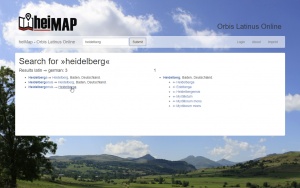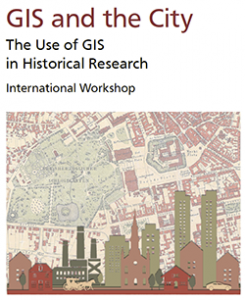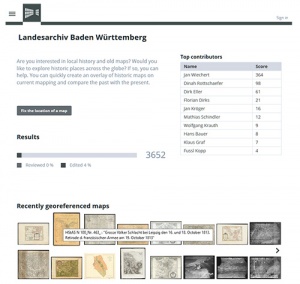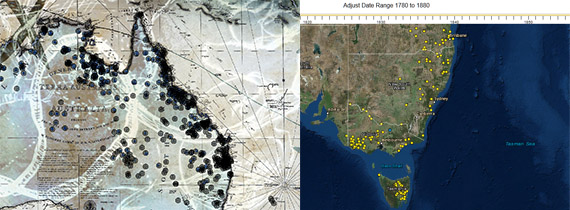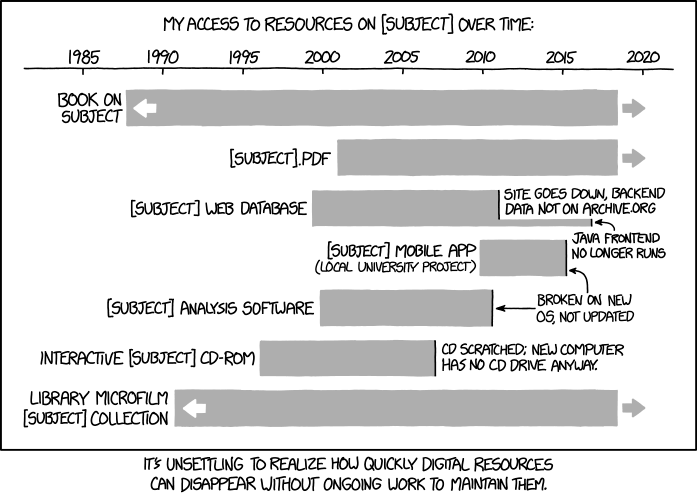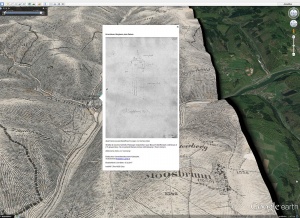Dirk Eller vertritt in unserem interdisziplinären Projekt heiMAP unter den Projektmitarbeitern/innen die Landesgeschichte. Er arbeitet basierend auf den Erfahrungen aus den eigenen Projekten des HGIS Clubs wie auch der von uns beratenen Unternehmungen an Best-Practice-Tutorials für neue Nutzer/innen auf heiMAP. Diese zielen vor allem darauf ab, die vielfach vergleichsweise it-fernen Geisteswissenschaftler/innen zu unterstützen, die HGIS als neue Methode austesten und/oder die digitalen Ressourcen von heiMAP sichten und nutzen möchten. Weiterhin bringt Dirk Eller seine in vielen Jahren der Projektarbeit gewonnene Expertise ein, um zum einen das Metadatenmodell im Dialog mit den Projektpartnern an den Bedürfnissen der Geisteswissenschaften auszurichten und zum anderen Workflows aus der Praxis in die Entwicklung unserer kollaborativen virtuellen Forschungsumgebung einzubringen.
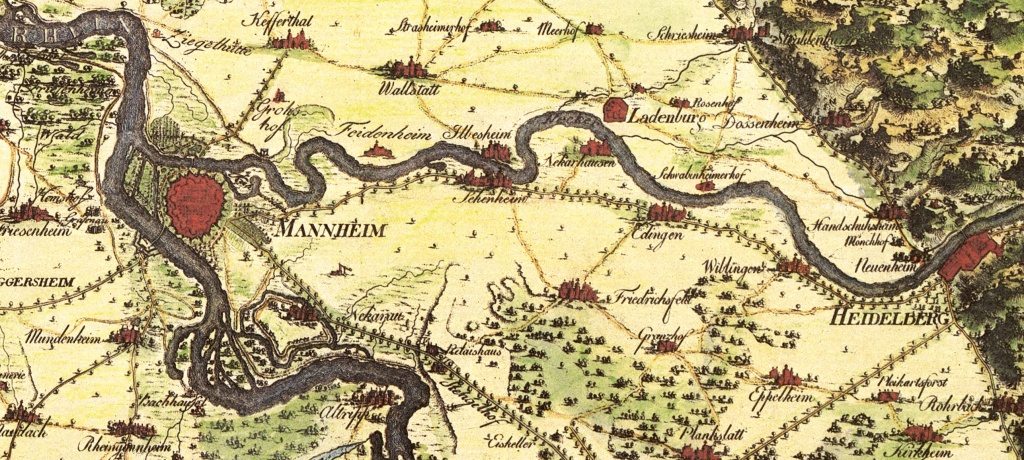
Dirk Ellers Dissertationsprojekt unter dem Titel „Die Kurpfalz auf dem Kartentisch. (Re)Präsentationen von Herrschaft auf spätmittelalterlichen und frühneuzeitlichen Karten“ nutzt historische Karten als Quellen, und zwar nicht vornehmlich zu „tatsächlichen“ Veränderungen in Landschaft und Bebauung, sondern zur Darstellung und Selbstdarstellung eines bedeutenden Fürstentums im Heiligen Römischen Reich. Karten sind nicht „nur“ Orientierungshilfe und Informationsquelle, sie formen auch in erheblichem Maße Raumvorstellungen und Mental Maps ihrer Betrachter – da sie zumindest theoretisch nur die echte Welt wiedergeben sollen, ist es leicht alle ihre Inhalte unkritisch für bare Münze zu nehmen. Gleichzeitig jedoch ist die Produktion einer Karte ein höchst aufwendiges Verfahren, bei dem der Kartograph im Rahmen der verschiedenen Prozesse der Generalisierung signifikante Gestaltungsspielräume hat und diese nutzen muss, aber auch zahlreichen Beschränkungen und äußeren Einflüssen unterliegt. Karten können also nicht nur Informationen zu den in ihnen dargestellten Gegenden liefern, sondern bei vorsichtiger quellenkritischer Verwendung auch als Fenster in die Köpfe und Vorstellungswelten ihrer Produzenten und Konsumenten dienen.
Vor diesem Hintergrund soll in der Dissertation untersucht werden, wie die Kurpfalz als Herrschaftsgebiet in Karten vom Spätmittelalter bis zum Reichsdeputationshauptschluss (und damit dem Ende der eigenständigen Kurpfalz) dargestellt wurde. Es sollen Erkenntnisse sowohl zum Selbstverständnis der Kurpfalz und ihrer Bewohner als auch zur Außendarstellung sowie externen Wahrnehmung gewonnen werden, indem jede Karte in ihrem Entstehungskontext betrachtet wird: Woher stammt die Karte, woher der Kartograph? Woher bezog er seine Informationen, wie gut und vollständig waren diese? In welchem politischen Kontext entstand die Karte? Wie wurde sie verbreitet, wer nutzte sie? Diese und ähnliche Fragen müssen bei der Interpretation einer Karte als historische Quelle berücksichtigt werden, da sie sowohl Einfluss auf ihr letztendliches Erscheinungsbild als auch auf ihre Wirkung haben.
Dabei werden sowohl längerfristige Entwicklungsprozesse im Kontext benachbarter Territorien als auch konkrete Fallbeispiele in den Blick genommen. Beispielsweise wird untersucht, wie die Verlagerung der kurfürstlichen Residenz von Heidelberg zunächst nach Mannheim und später nach München sich auf die kartographische Darstellung der betroffenen Städte auswirkte, zum Beispiel auf ihre Bedeutung und visuelle Prominenz im Kontext der umgebenden Städte.
